Air-Purifying Plants That Actually Work (and Won’t Die on You)
Over my career, I’ve seen countless home trends, but one thing never changes: people want their homes to feel healthier and more alive. And the first question I always get is, “Which plants are best for cleaning the air?” It’s a fantastic question. After all, our indoor air is full of weird stuff from furniture, paint, and cleaners. So, can a few green leaves really make a dent? The short answer is yes… but it’s not quite a miracle cure.
In this article
- So, How Does This Plant Magic Actually Work?
- The Resilient Starters: Forgiving Plants for Any Home
- Stepping It Up: For Those with a Little Confidence
- The Main Event: For the Dedicated Plant Parent
- Pro-Level Care for the Best Results
- The Big Question: How Many Plants Do I Actually Need?
- Inspirational Gallery
You’ve probably heard about a famous study that showed certain houseplants could scrub pollutants out of the air. It was a huge deal! But, and this is a big but, that study was done in a small, sealed lab. Your home, with its drafts, open windows, and daily life, is a totally different ballgame. So while plants are amazing little helpers, they’re not a substitute for opening a window or having a good air filter.
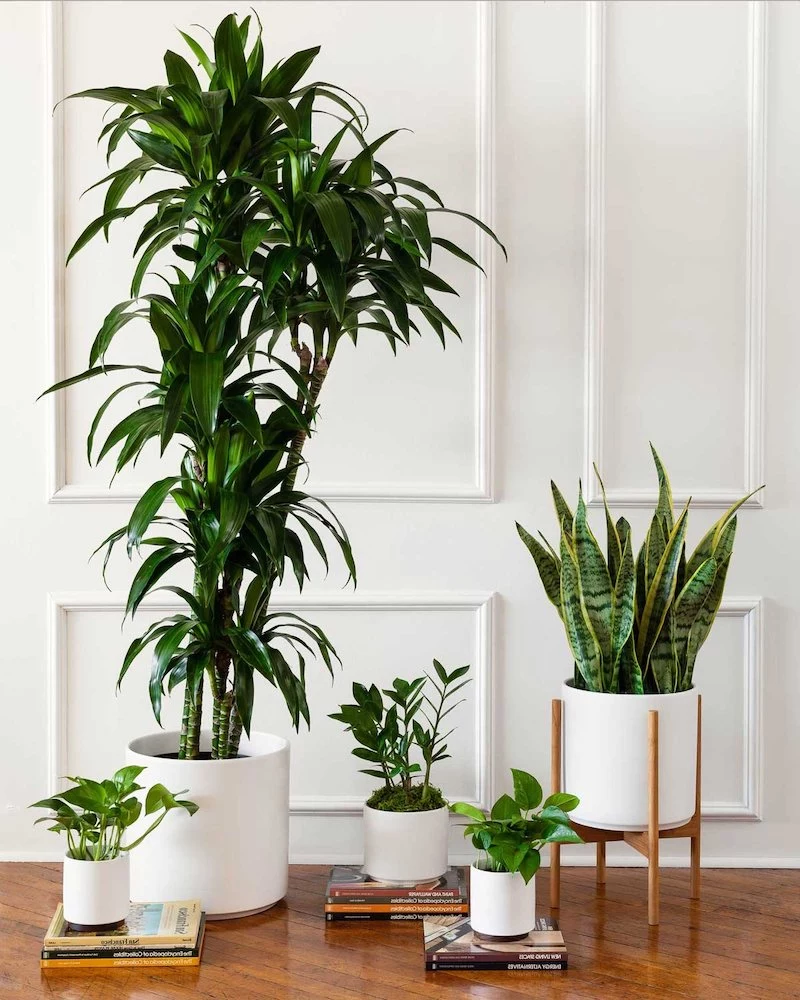
I like to think of them as a natural, beautiful supplement to a healthy home. They are one part of the puzzle, not the whole solution. My goal here is to give you the real-world, hands-on advice you need to pick the right plants and, more importantly, keep them alive so they can do their job. Once you’re set up, you’re looking at maybe 5-10 minutes of care per week, tops!
So, How Does This Plant Magic Actually Work?
To get the most out of your plants, it helps to know what’s going on under the hood. It’s not magic; it’s just cool biology, and there are two main things happening.
First, you have the leaves. All plants breathe in carbon dioxide through tiny pores. These same pores can also grab small amounts of other gasses, including common household pollutants like formaldehyde. The plant then breaks these down into harmless stuff it can use for energy. Simple enough.
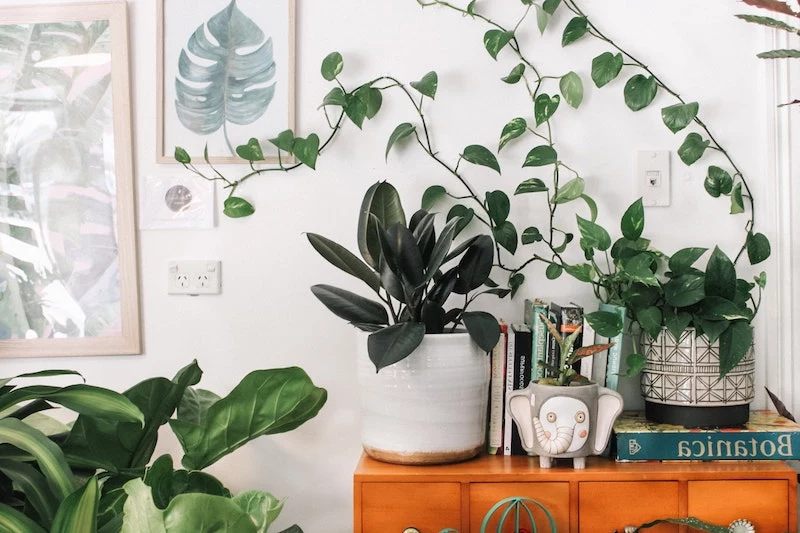
But the second part is what the real pros focus on: the soil. The community of microbes living in the potting soil is an absolute powerhouse. A plant’s roots help pull air down into the soil, and as that happens, the bacteria and fungi in there literally eat the pollutants for lunch. This is why a big pot with healthy soil is often more effective than a tiny one. It’s the plant’s engine room.
The Resilient Starters: Forgiving Plants for Any Home
If you’re just starting out or think you have a “black thumb,” start here. These plants are tough, forgiving, and fantastic performers. They’re the confidence-builders of the plant world.
1. Snake Plant
Oh, the Snake Plant. This one is nearly indestructible. I’ve seen them survive in dark, forgotten office corners for years. A small one will run you about $15-$25 at a home improvement store like Home Depot, while larger floor models can be $50-$80. They are my number one pick for bedrooms because, unlike most plants, they release their oxygen at night, which is a nice little bonus while you sleep.
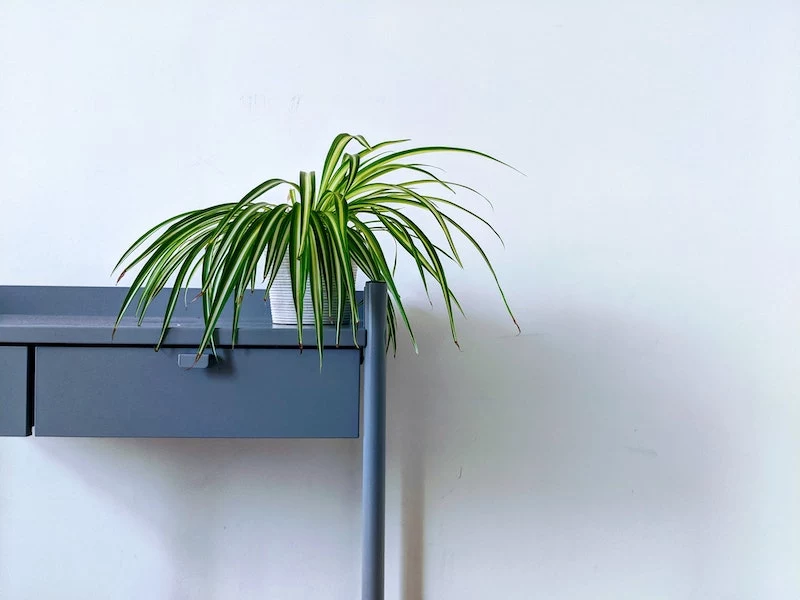
- Pro Tip: The only way people kill these is by overwatering. Seriously. They are succulents, so they hold water in their leaves. I check the soil maybe once every 3-4 weeks (even less in winter!) and only water when it’s bone dry. When you do water, soak it until water runs out the bottom, then let it drain completely.
- Heads Up! The leaves are mildly toxic if chewed, which can lead to an upset stomach. It’s best to keep them out of reach of curious pets and toddlers.
2. ZZ Plant
The ZZ Plant is another champion of neglect. It has gorgeous, waxy leaves that look polished and modern. It thrives on low light and barely ever needs water, thanks to the big, potato-like rhizomes under the soil that store water for ages. A small to medium ZZ plant typically costs between $20 and $40.
- My Experience: These grow incredibly slowly, so don’t panic if you don’t see a new shoot for months. Because of this, they barely need fertilizer. I give mine a half-strength liquid fertilizer maybe twice a year, in the spring and summer. That’s it. Too much will burn their roots.
- Troubleshooting 101: If the leaves turn yellow, you’re almost certainly overwatering. If the leaves look a bit wrinkly, it’s actually thirsty. Give it a good soak, and it should plump back up.
- Safety Note: Like the Snake Plant, all parts of the ZZ are toxic if ingested. They contain crystals that can irritate the mouth, so place it where pets and kids can’t get to it.
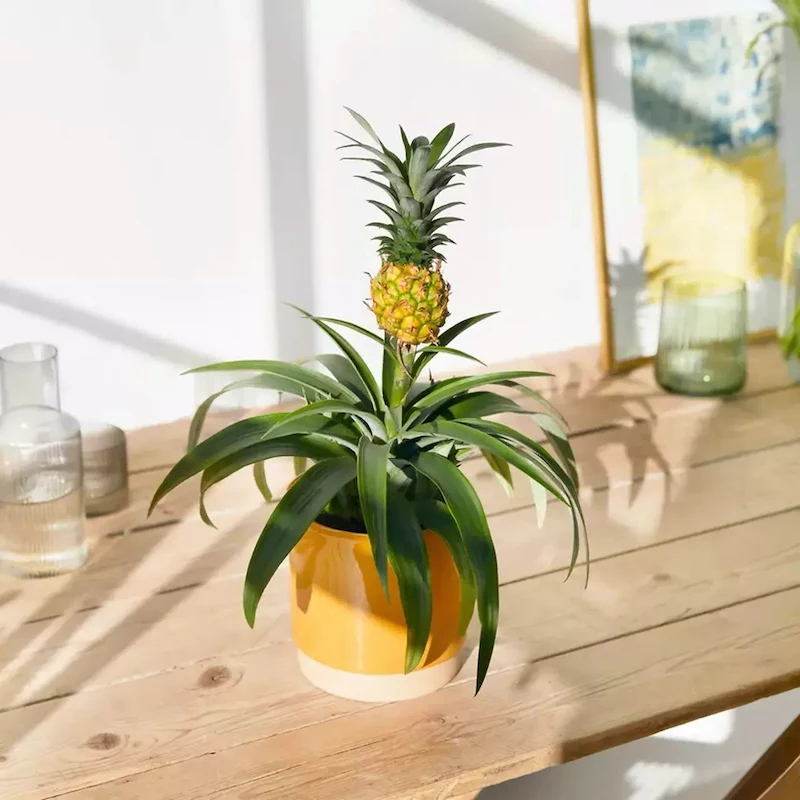
3. Pothos (or Devil’s Ivy)
Pothos is the classic, versatile trailing plant you see everywhere, and for good reason. It’s a champ at filtering formaldehyde and is incredibly easy to care for. You can usually find a nice hanging basket for $15-$30 at any garden center. The best part? It tells you when it’s thirsty—the leaves will look just a little soft and droopy. Water it, and it perks right back up.
- Get Free Plants! How to Propagate a Pothos: This is my favorite party trick. You can make endless new plants from one.
1. Snip a piece of vine, making sure it has at least two leaves and a little brown bump on the stem (that’s a node!).
2. Plop it in a glass of water on a windowsill.
3. In a few weeks, you’ll see roots, and voilà… a new plant! - Pet Owners: Pothos is toxic to cats and dogs. It’s best to keep it high up in a hanging basket, where its trailing vines can be enjoyed safely.
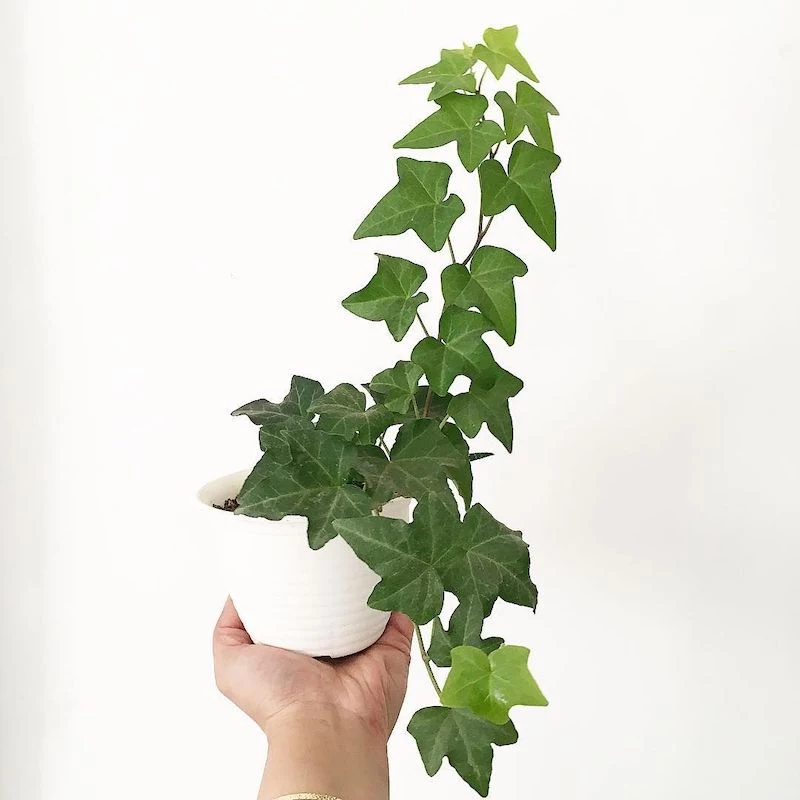
Stepping It Up: For Those with a Little Confidence
Ready for something a bit more involved? These plants are still pretty easy, but they appreciate a little more attention to their light and water needs. They’re super rewarding.
4. Spider Plant
A true classic. The Spider Plant is great at filtering common air pollutants and is famous for shooting out long stems with little baby plants, or “spiderettes,” at the end. It’s the plant that keeps on giving! It’s also one of the few on this list that’s completely non-toxic, making it a fantastic choice for homes with pets and kids. A nice, full one costs around $15-$25.
- Quick Tip: A common complaint is brown, crispy leaf tips. This is often from minerals in tap water. If you can, use rainwater or distilled water. If not, just letting your tap water sit out for 24 hours before using it can help a lot.
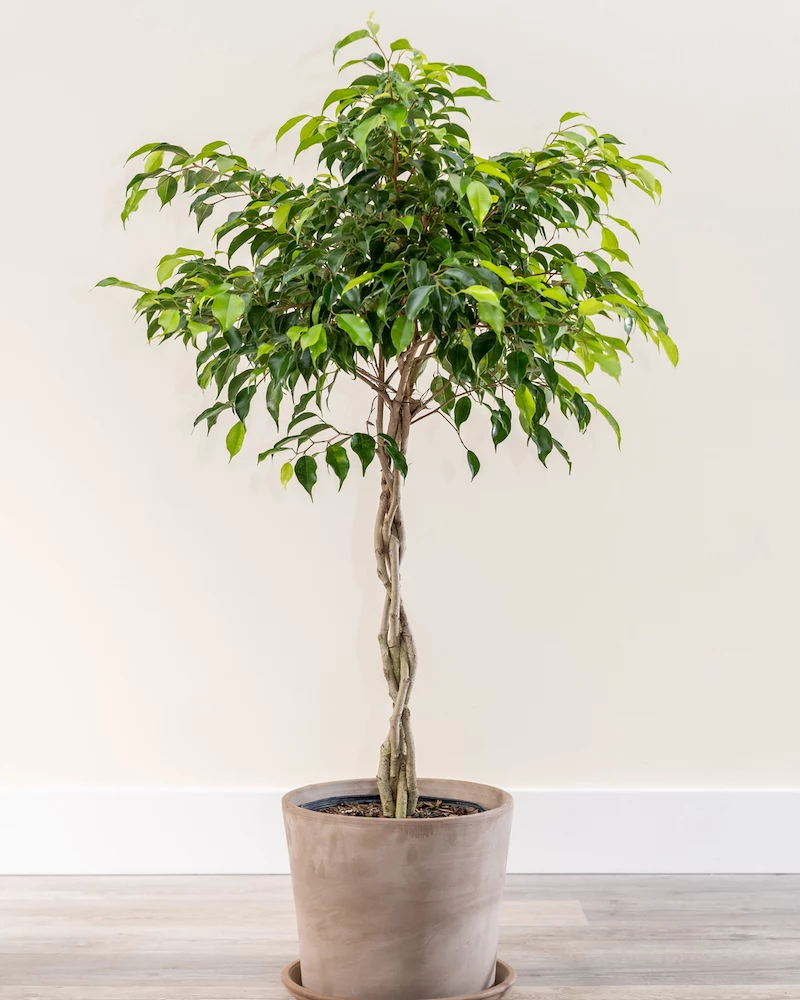
5. Peace Lily
With its deep green leaves and elegant white blooms, the Peace Lily looks high-maintenance, but it’s not. It has a high transpiration rate, meaning it releases a good amount of moisture into the air, which is great for dry rooms. It’s also known for being a bit of a drama queen—it will droop dramatically when it needs water and perk right back up an hour after you give it a drink. Expect to pay $20-$40 for a decent-sized one.
- Easy DIY Humidity: If you notice brown leaf edges, your air is too dry. Create a simple humidity tray! Just fill a shallow dish with pebbles and a little water, then set the plant pot on top of the pebbles (not sitting in the water). As the water evaporates, it creates a little moisture bubble around the plant.
- Safety First: The Peace Lily is toxic if ingested by pets or people, causing painful irritation. So, keep it away from anyone who might take a nibble.
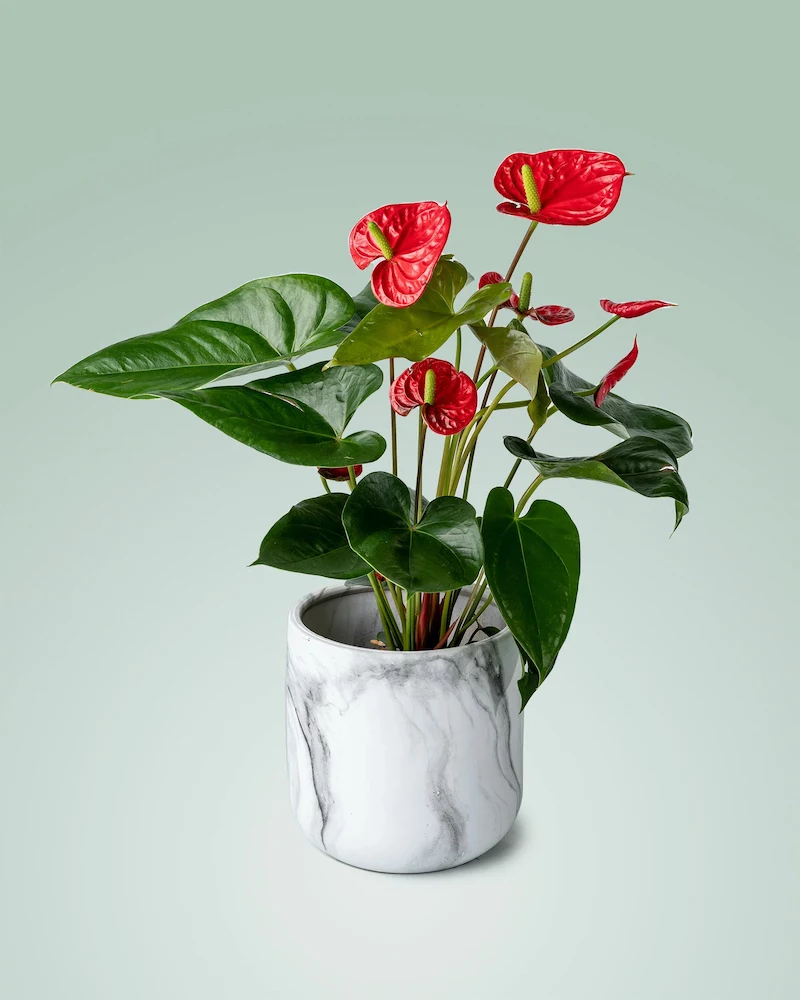
The Main Event: For the Dedicated Plant Parent
These plants make a big statement and are incredibly effective, but they demand a bit more consistency and care. I only recommend these once you feel comfortable with the basics.
6. Weeping Fig (Ficus Tree)
A beautiful, classic indoor tree that’s a beast at filtering pollutants from things like carpets and furniture glue. It also has a reputation for being fussy, and honestly… it’s deserved. The key to a happy Ficus is consistency. Find a good spot with bright, indirect light, and DO NOT MOVE IT. It hates change. I learned this the hard way. I once moved a gorgeous Ficus for a client just ten feet to a ‘better’ spot that happened to be near an A/C vent. It dropped half its leaves in a week out of sheer protest! We moved it back, and it recovered, but it was a lesson learned. Expect to pay anywhere from $40 to over $150 depending on its size.
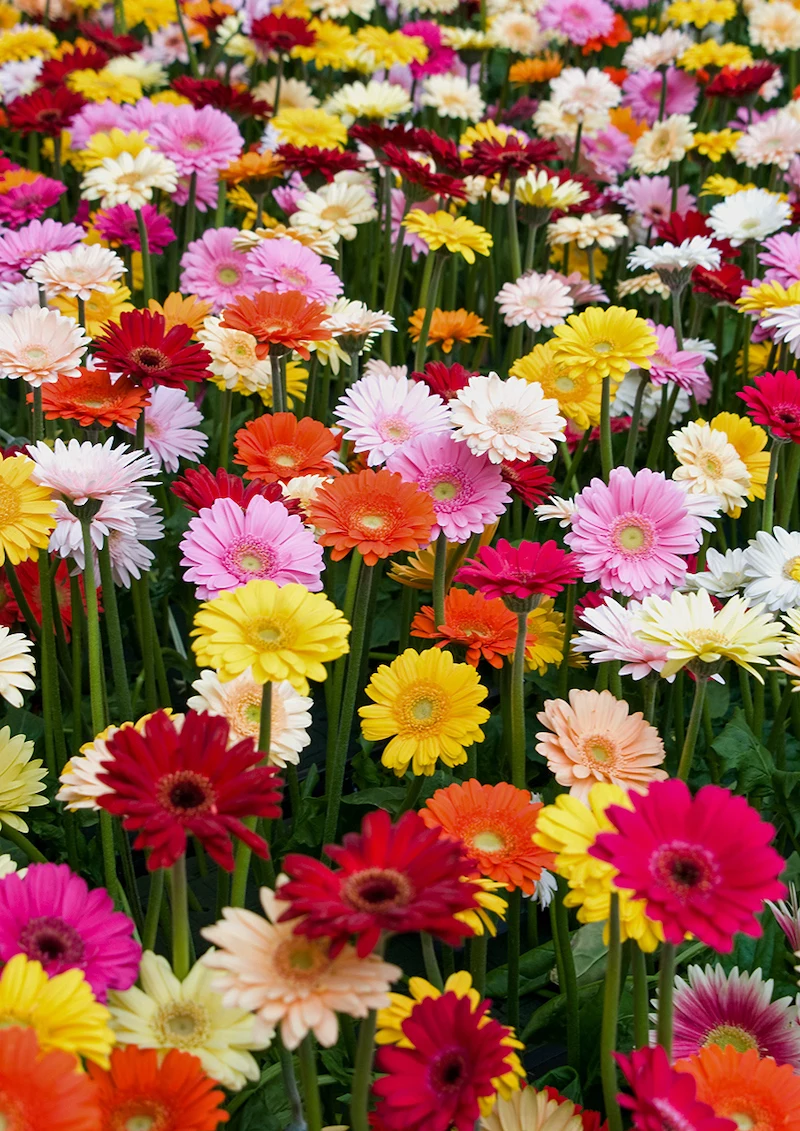
- Heads Up: Expect some leaf drop when you first bring it home or when the seasons change. This is normal. It’s also toxic to pets.
Pro-Level Care for the Best Results
How you care for your plants is just as important as which ones you pick. Here are the simple, no-fuss techniques we use to make sure plants are healthy and working their hardest.
Get the Soil Right
The bagged potting soil from the store is often too dense. For most of these plants, you want a mix that drains really well. Here’s my go-to recipe:
- Your All-Purpose Soil Shopping List: 1 bag of regular potting soil (~$10), 1 small bag of perlite (~$8), and 1 small bag of orchid bark (~$8). You can find these at any garden center.
- The Mix: Just combine roughly one part potting soil, one part perlite (the little white styrofoam-looking balls), and one part orchid bark. This creates air pockets so the roots and those helpful microbes can breathe.
Watering the Right Way
Don’t water on a schedule! Water when the plant needs it. Stick your finger two inches into the soil. If it feels dry, it’s time to water. When you do, use lukewarm water and pour it evenly over the soil until it flows out the drainage holes at the bottom. This ensures the entire root ball gets a drink.

A Quick Win You Can Do Today
The single easiest thing you can do for your plants right now is gently wipe their leaves with a damp cloth. Dust blocks sunlight and clogs the pores they use to breathe! It’s a 2-minute task with a huge payoff for the plant’s health and air-cleaning ability.
The Big Question: How Many Plants Do I Actually Need?
Okay, let’s be realistic. You do not need to turn your home into an impassable jungle to get some benefits. The best approach is to place a few healthy, well-cared-for plants in the rooms where you spend the most time.
For a typical 150 sq ft bedroom, for example, a great start is one medium-sized floor plant (like a 3-foot Snake Plant) and one smaller plant on a dresser (like a Pothos or ZZ Plant). That’s totally achievable!
But remember, for serious air quality issues like mold or heavy pollution, plants are your backup singers, not the lead vocalist. In those cases, please talk to an air quality specialist and look into a HEPA filtration system.

Start with one or two plants from the resilient list. Learn what they like. The joy and life they bring to a room is a benefit you can feel, and that goes way beyond what any air quality meter can measure.
Inspirational Gallery
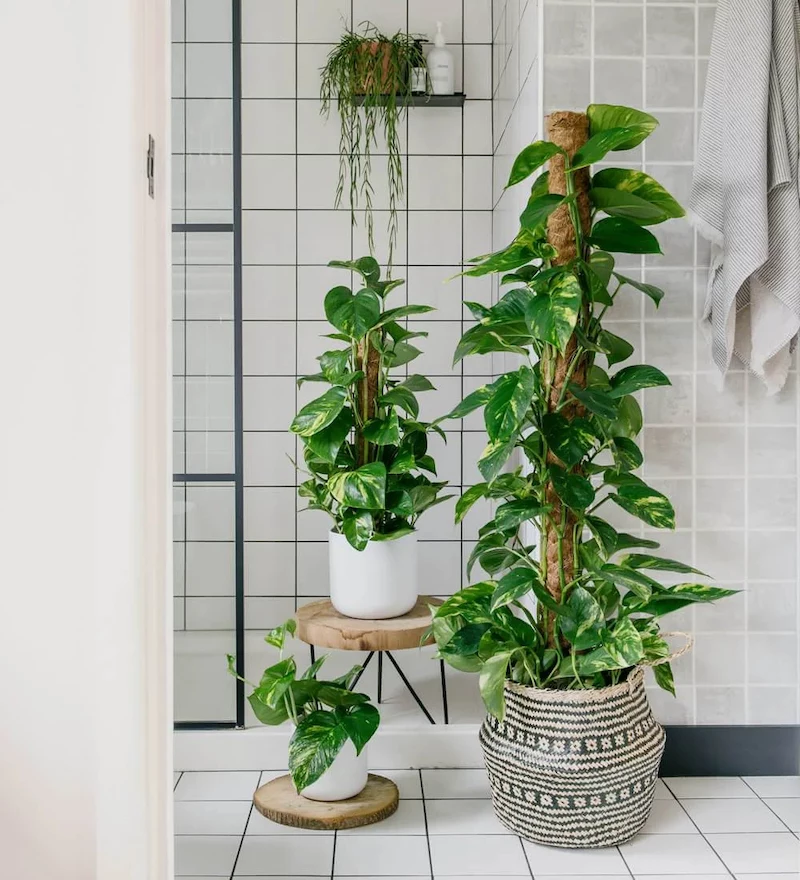
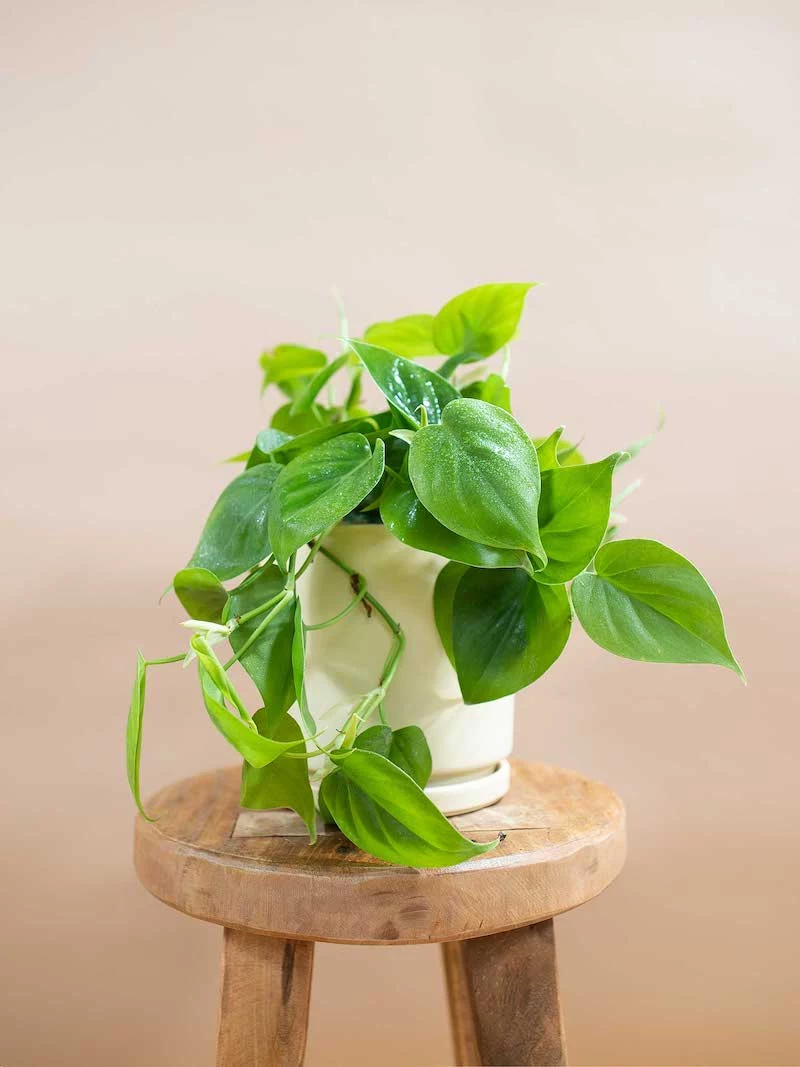
Terracotta Pots: These classic clay containers are porous, allowing air and water to move through the sides. This helps the soil breathe and prevents root rot—a huge win for the microbe community. They dry out faster, which is perfect for drought-tolerant plants like the Snake Plant.
Glazed or Plastic Pots: These non-porous pots retain moisture much longer. They are ideal for thirsty plants like ferns or for anyone who tends to forget to water. For the best results in any container, use a well-draining potting mix, such as Espoma’s organic blend, to keep roots healthy and active.
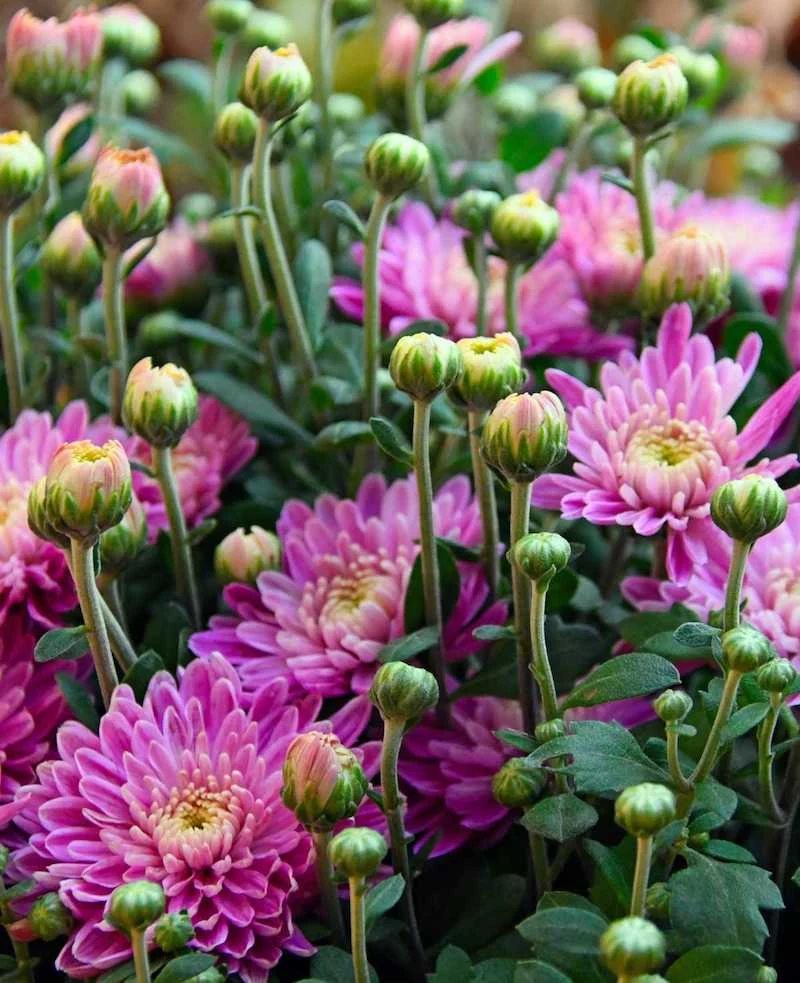
According to the U.S. Environmental Protection Agency (EPA), concentrations of some pollutants are often two to five times higher indoors than outdoors.
While we often hear about formaldehyde, your green companions are also tackling other invisible intruders. Benzene (found in some glues, paints, and detergents) and trichloroethylene (in certain cleaners and adhesives) are also absorbed by plant leaves and processed by the soil’s ecosystem. A plant like the Peace Lily is a great all-rounder for these specific compounds.
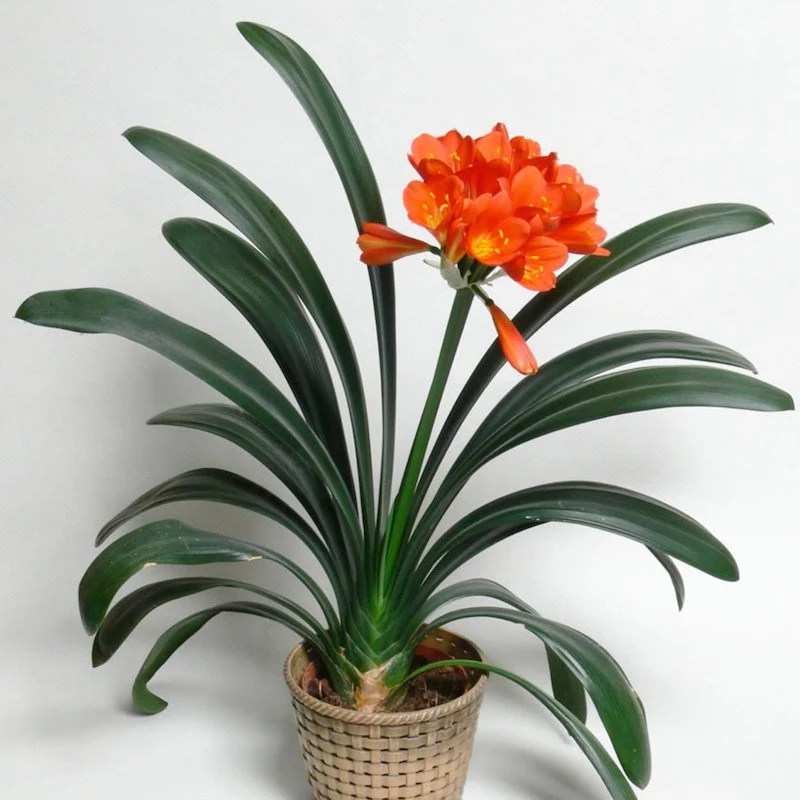
The single biggest mistake new plant parents make is showing too much love through watering. Before you reach for the can, stick your finger about an inch deep into the soil. If it feels damp, wait another day or two. Most air-purifying champions would much rather be too dry than have their roots sitting in water, which suffocates the very microbes that help clean your air.
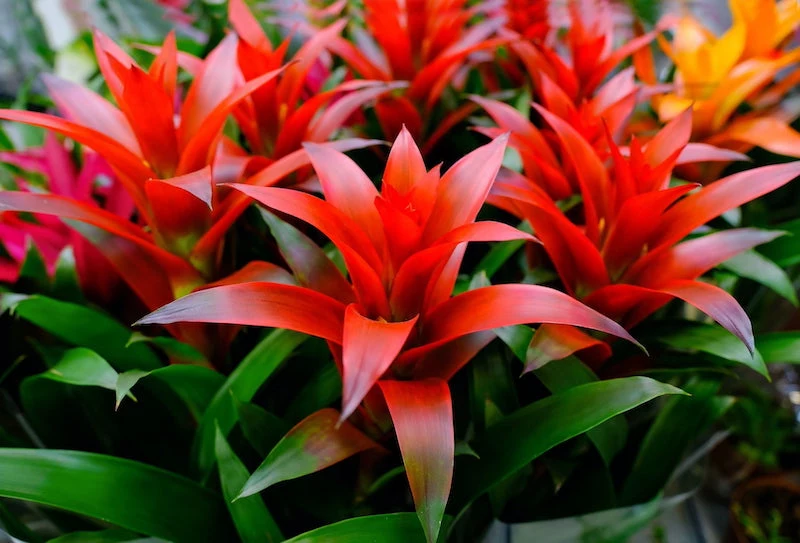
- Creates a lush, decorative focal point that looks professionally styled.
- Increases local humidity, which most tropical houseplants love.
- Concentrates air-purifying power right where you need it most.
The secret? Don’t just dot plants around—group them. Creating a
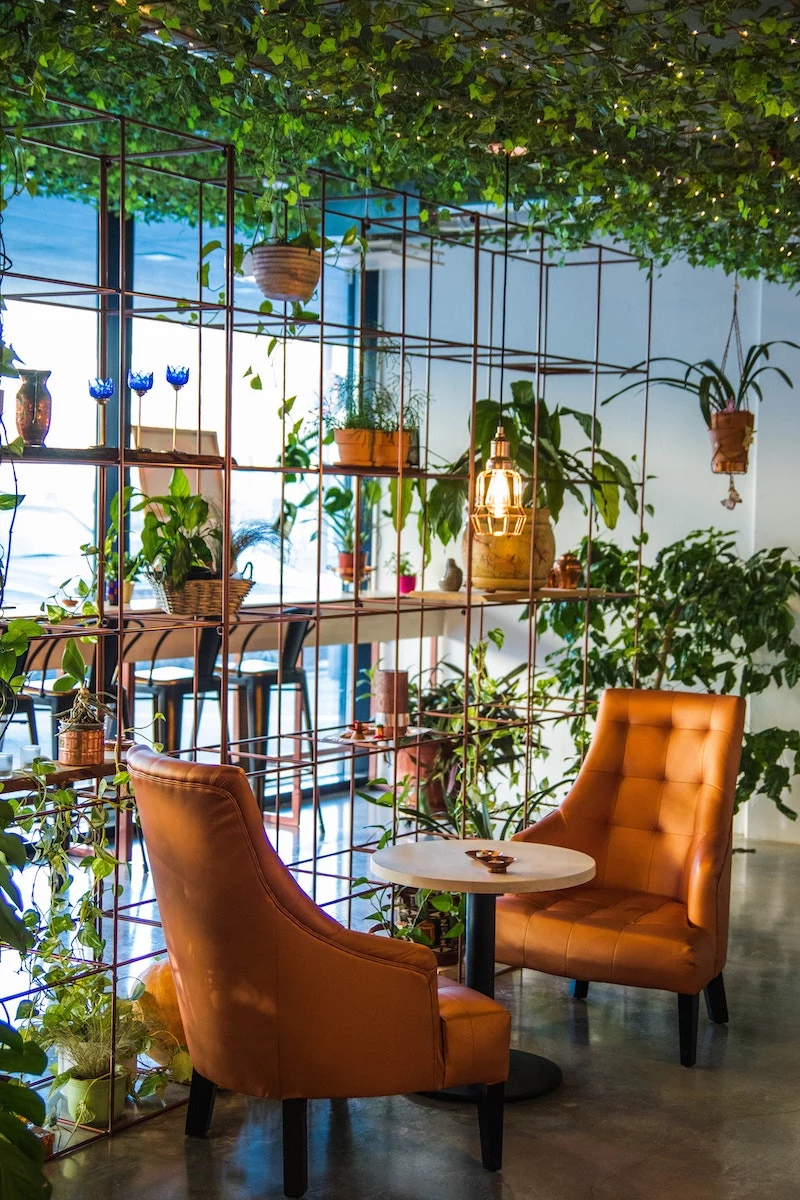
I bought a beautiful Heartleaf Philodendron for my sunny windowsill, but the leaves are turning yellow. What’s wrong?
This is a classic case of too much of a good thing! While we love sunshine, most popular
Your plant’s leaves are its primary air filters, but they can’t work when they’re clogged with dust. Keep them in top working condition with a simple cleaning routine:
- Gently wipe large, smooth leaves with a damp microfiber cloth every few weeks.
- For smaller or more delicate foliage, a quick lukewarm shower in the tub can wash away grime from the entire plant.
- A soft, clean makeup brush works wonders for dusting fuzzy-leafed plants without damaging them.










